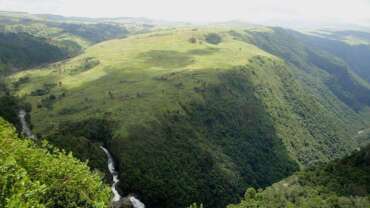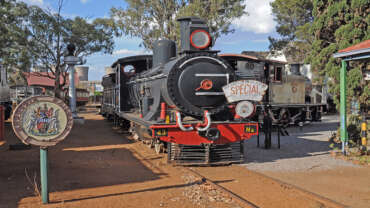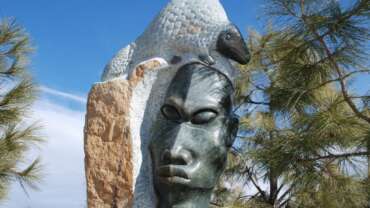Mountains of Zimbabwe
Ngomakurira Mountains
Visitors who prefer a more strenuous hike than Domboshava need to travel out a little further into the Chinamora Communal Lands to Ngomakurira which is Domboshava’s big brother. Ngomakurira is known to many Harare residents as an area of intense beauty and great spiritual significance. Many of the hilltops and woodland areas have stone altars that are used by the Zionist churches as places of worship.
Only thirty minutes by car from the capital, many visitors and tourists walk there amongst these beautiful massive granite outcrops interspersed with indigenous Miombo forest.On the side of the massive orange-coloured vertical rock face of the main mountain, a giant batholith, there is some well-preserved San rock art.Some say that Ngomakurira deserves the status of world heritage site for the combination of great natural beauty and cultural significance it offers.
How to get there
Leave Harare on the Borrowdale Road, distances are from Borrowdale police station, 13.4 KM the road crosses a grid and enters the Chinamora Communal Lands, 16.3 KM pass the signpost to Domboshava National Monument, 26.6 KM turn-right at the signpost to Ngomakurira National Monument, onto a gravel road, 27.2 KM ford small stream, 27.9 KM turn left towards the hill and at sign post to Ngomakurira National Monument, 28.1 KM reach car park.

Chimanimani Mountains
Chimanimani Mountains National park is a mountainous area in the province of Manicaland, eastern Zimbabwe.The region is distinguished by large peaks, carved from a rifted quartzite block, the highest reaching to 2,440 m (8,005 ft) and stretching for some 50 km (31 mi), forming the border with Mozambique.Between the village of Chimanimani and the border the ranges are gentler and more rounded. The national park is in the southernmost area of the Eastern Highlands, and is 150 km (93 mi) from the town Mutare.
Mount Nyangani
This gigantic mountain stretches up to 2592m in height, its peak is a 1-3 hour climb trekking from any of the 4 base-entry points for anyone of average fitness. One of the things you will find true about it, is the promise of a challenging climb to remember to for mountain hikers and bikers. Mt. Nyangani’s vegetation is composed of heath covering its summit plateau, a dense grassland on the western side and an ever-green forest along the damper eastern slopes. Mount Nyangani is about 110 km north west Mutare.
*Interesting Fact – the mountain is a source of 3 rivers, two of which are tributaries to the Mazowe River which feeds into the Mighty Zambezi River.
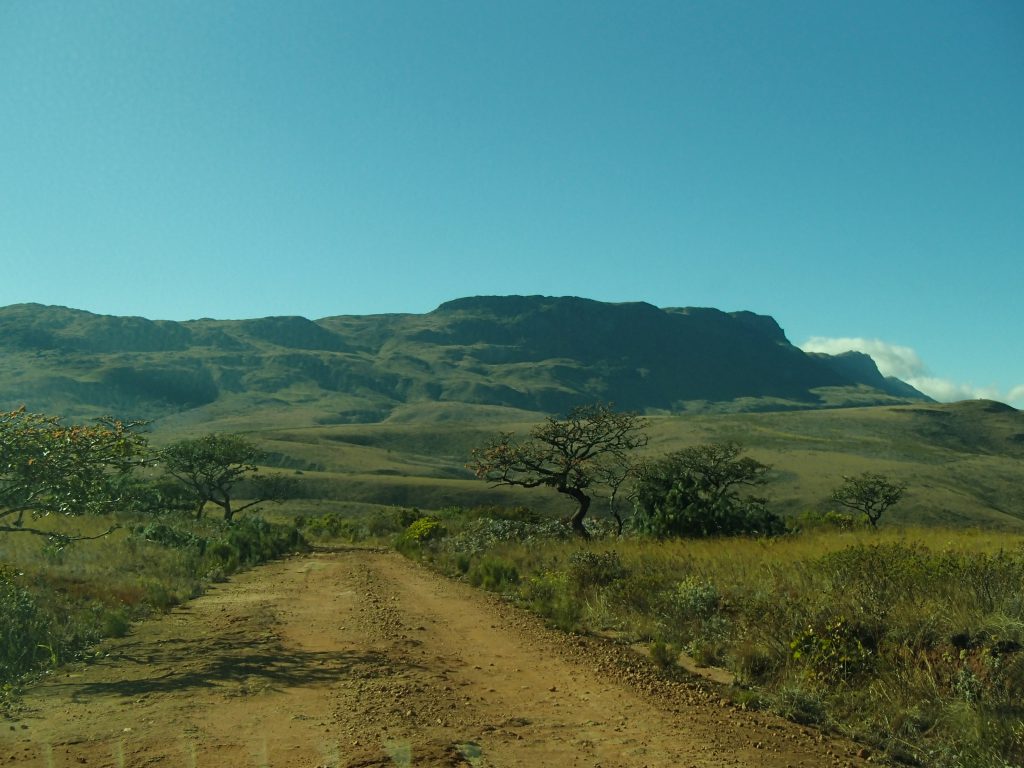
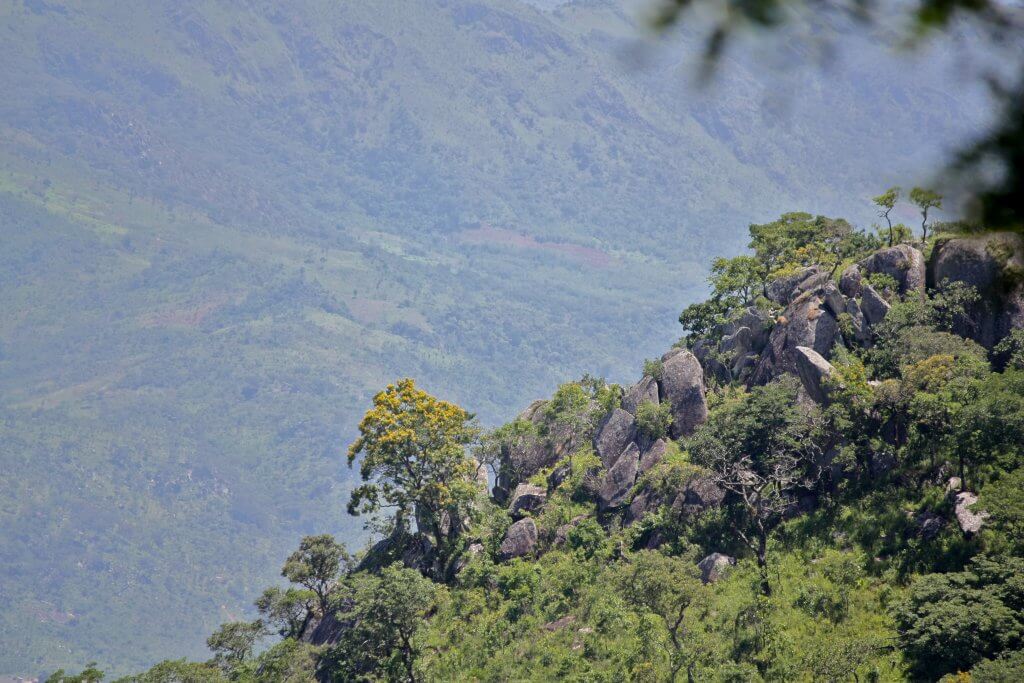
The Bvumba Mountains
The Bvumba Mountains or Vumba Mountains straddle the Zimbabwe-Mozambique border are situated some 10 km south east of Mutare. The Bvumba rise to Castle Beacon at 1,911 metres, and are, together with the Chimanimani and Nyanga part of the Eastern Highlands of the Manicaland .The Vumba (or Bvumba) area will surprise you with plenty of typical panoramic views. A paradise for bird lovers from all over the world.
The Mountains overflow with life all year round. The lush botanical gardens and luxuriant forests are fantastic for walks, espeically for those interested in botany and bird watching. The mountains offer some spectacular views over the highlands and tropical lowlands of Mozambique.




